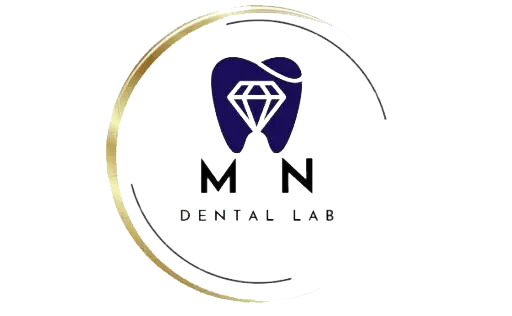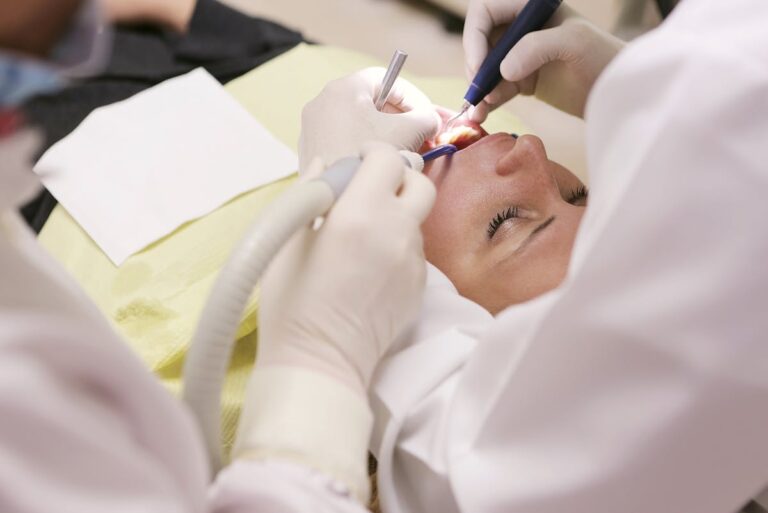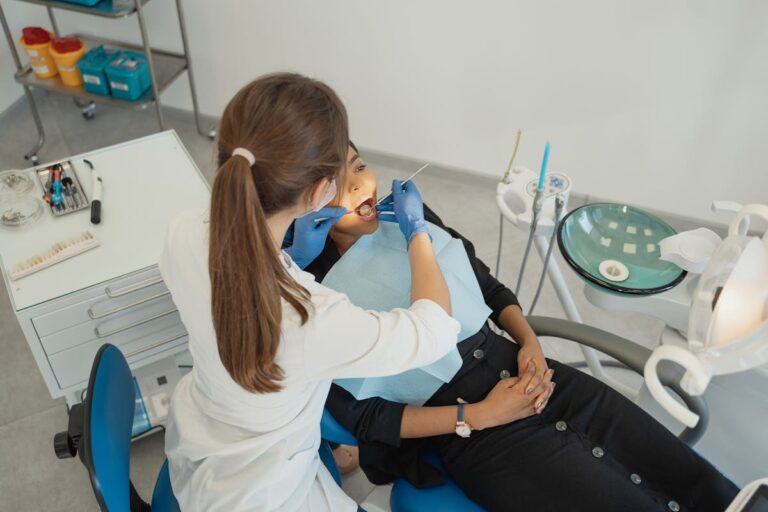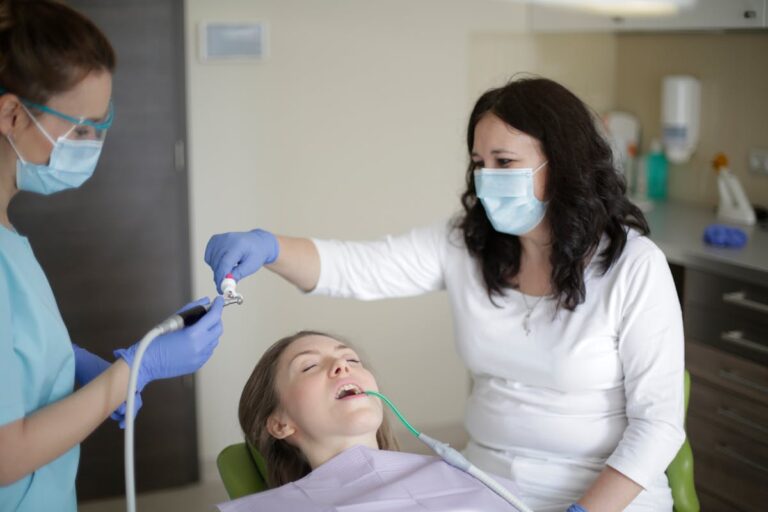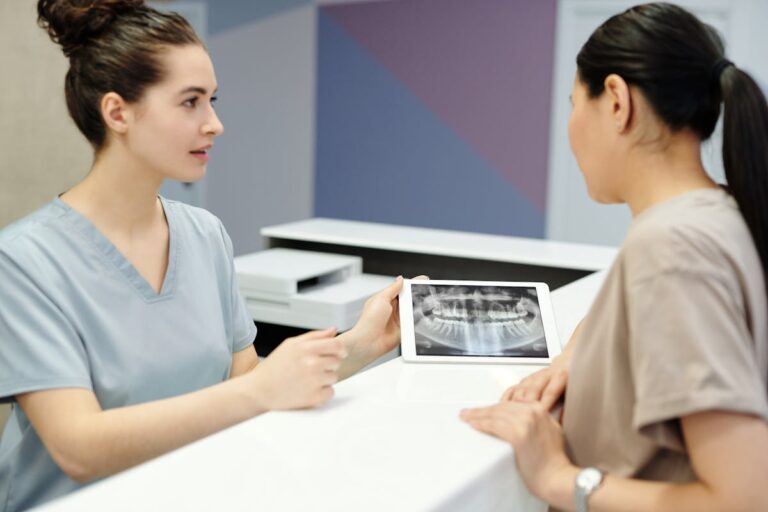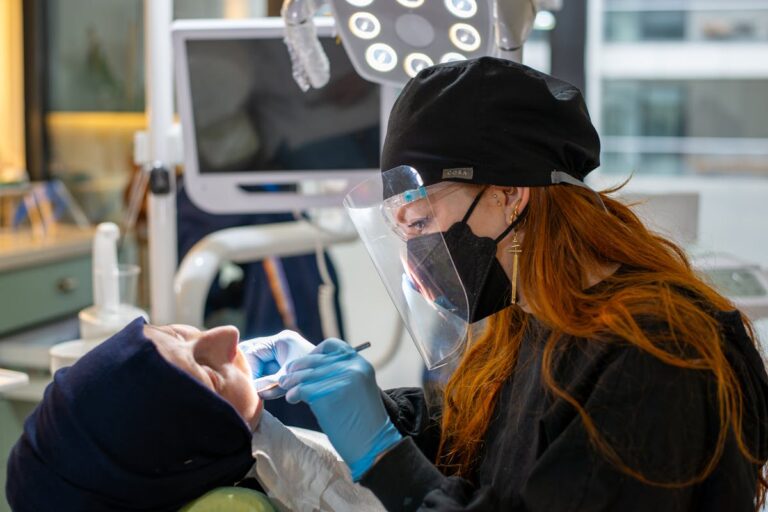As we set out on a thorough exploration of wisdom teeth removal in Minnesota, it’s essential to highlight that this common procedure often stems from complications due to impacted third molars. The journey typically commences with a detailed consultation, featuring imaging to evaluate the teeth’s position. The procedure, conducted under anesthesia for patient comfort and safety, is only the beginning. Post-operative care, including pain management and dietary adjustments, is equally important. By understanding these aspects, Minnesota residents can confidently navigate their dental health. Yet, how does one choose the right dental surgeon for this significant procedure?
Understanding Wisdom Teeth
Wisdom teeth, scientifically known as third molars, are a fascinating aspect of dental health. These are the last teeth to erupt within the human mouth, typically making their appearance during late teenage years or early twenties. Wisdom teeth are nestled in the back of the mouth, with two situated in the upper jaw and two in the lower jaw. Their main function is believed to have been grinding plant tissue, being essential to our ancestors who had plant-based diets. Today, however, with dietary changes, wisdom teeth are often viewed as vestigial. They may not even develop in some individuals, an intriguing aspect of dental health evolution. Understanding wisdom teeth and their role is foundational to maintaining ideal dental health.
Reasons for Wisdom Teeth Removal
The decision to remove wisdom teeth, often considered a rite of passage into adulthood, is driven by various medical reasons. These primarily revolve around potential health risks associated with keeping these teeth and the benefits linked to their extraction. It is crucial to dissect these factors meticulously to make an informed decision about wisdom teeth removal.
Potential Health Risks
Impacted wisdom teeth often harbor a multitude of potential health risks, providing ample reasons for their removal. From an oral health perspective, these hidden molars can become a breeding ground for bacteria, considerably increasing infection risks. If left unattended, a simple gum infection can progress to a more severe abscess, potentially spreading to adjacent teeth and even to the jawbone. Additionally, impacted wisdom teeth can exert pressure on surrounding teeth, leading to alignment issues and discomfort. Finally, cysts or tumors may form around the impacted teeth, posing further health threats. Consequently, closely monitoring wisdom teeth and considering their removal when necessary is an integral part of maintaining overall oral health.
Benefits of Extraction
While the removal of wisdom teeth might initially seem intimidating, the benefits of this procedure far outweigh the potential discomfort. The extraction benefits are numerous, starting with the immediate relief from pain and discomfort often caused by impacted or infected wisdom teeth. Beyond this, extraction can help maintain overall oral health by preventing the spread of infection, reducing the risk of tooth decay, and eliminating potential damage to surrounding teeth. Additionally, the removal can help correct dental overcrowding, a common issue associated with wisdom teeth. Finally, the procedure can prevent future dental complications, reducing the need for more invasive, costly treatments down the line. Essentially, wisdom teeth removal is a proactive measure preserving long-term oral health.
Pre-Procedure Consultation
Ever wondered what transpires during a pre-procedure consultation for wisdom teeth removal in Minnesota? This critical stage involves a thorough pre-operative evaluation to assess your oral health status. The dentist will perform a detailed examination of your mouth, focusing on the wisdom tooth area. X-rays or 3D imaging may be used to gain a better view of the tooth’s position and potential complications. The consultation also allows the dentist to understand your patient expectations, providing an opportunity to discuss any concerns or fears you may have. The dentist will then outline a personalized treatment plan, which includes the type of anesthesia to be used, post-operative care, and recovery timeline. The pre-procedure consultation is integral in ensuring a successful wisdom teeth removal procedure.
The Removal Process
The actual process of wisdom teeth removal in Minnesota is a meticulous procedure performed with the utmost professional care and precision. Involving specialized surgical techniques, the oral surgeon first administers anesthesia options suitable to the patient’s comfort and health requirements. This could be local, sedation, or general anesthesia.
Once the patient is appropriately sedated, the oral surgeon proceeds with the extraction. If the wisdom teeth are impacted, a small incision is made in the gum to expose the tooth and bone. The tooth is then carefully divided if necessary, allowing for easier extraction with minimal impact to surrounding tissues. The entire process is carried out with a deep commitment to patient safety, delivering ideal results with minimal discomfort.
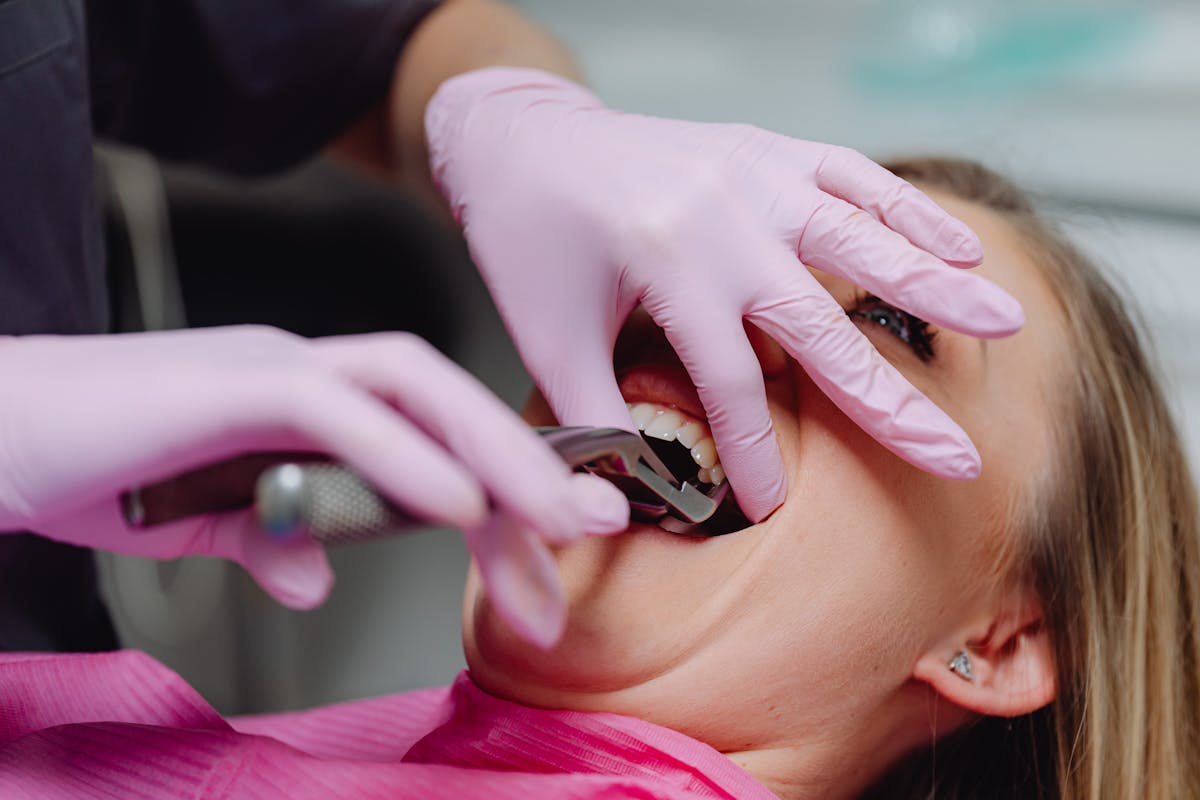
Post-Removal Care Instructions
After successfully executing the wisdom teeth removal procedure, the patient’s journey towards recovery begins. A pivotal point of post-operative care is pain management. The dentist will likely prescribe pain-relieving medication to mitigate discomfort. Be sure to take the medicines as per the dentist’s instructions.
Dietary restrictions are another vital aspect of post-removal care. For the first few days, avoid eating hard, crunchy, or sticky foods that may irritate the surgical site. Instead, opt for soft, easy-to-digest foods like mashed potatoes, yogurt, and smoothies.
Rinsing your mouth gently with warm saltwater can help keep the surgical area clean and promote healing. Finally, remember to maintain your regular oral hygiene routine, albeit with gentle brushing around the surgical area. Following these guidelines can lead to a smoother recovery journey.
Typical Recovery Timeline
While the timeline for wisdom teeth removal recovery can vary greatly depending on individual factors, a general framework does exist. Initial recovery typically spans a few days, during which pain management becomes essential. It’s common to experience swelling, discomfort, and difficulty opening your mouth. Over-the-counter pain relievers or prescribed medications can ease these symptoms.
Dietary restrictions also play a role in this phase, with soft foods recommended to prevent irritation or damage to the surgical site. Within a week, most patients can resume their normal diet, though some may need more time. Full healing of the gums may take up to four weeks. Remember, the recovery timeline is a guide; individual experiences may vary considerably.
Choosing a Minnesota Dental Surgeon
Given the importance of wisdom teeth removal, selecting a competent dental surgeon in Minnesota is essential. This decision should not be taken lightly as it directly impacts your oral health. Begin by researching potential surgeons’ qualifications, paying specific attention to their education, training, and experience. It is vital to find a surgeon who has a substantial background in wisdom teeth extraction.
Alongside qualifications, patient testimonials provide invaluable insights into a surgeon’s practice. Reading about other patients’ experiences can help you gauge the surgeon’s bedside manner, as well as their expertise in handling complications.
Lastly, consider having initial consultations with multiple surgeons. This will give you a sense of their approach and whether they are the right fit for your needs. Your health is worth the effort.
Frequently Asked Questions
What Are the Costs Involved in Wisdom Teeth Removal in Minnesota?
The costs for wisdom teeth removal in Minnesota can vary depending on several factors. These include surgeon’s fees, anesthesia, and facility costs. A range of payment options are typically available to accommodate different financial situations.
Will My Health Insurance Cover Wisdom Teeth Extraction?
Coverage for wisdom teeth extraction varies depending on your health insurance policy. It’s advisable to check your dental benefits to confirm if such a procedure is included in your insurance coverage.
Are There Any Recommended Diet Restrictions Following Wisdom Teeth Removal?
Post wisdom teeth removal, a diet primarily consisting of soft foods is highly recommended to aid the healing process. Prioritizing hydration is also essential, as it can help prevent dry mouth and promote overall oral health.
What Are Some Alternatives to Wisdom Teeth Removal?
Alternatives to wisdom teeth removal include regular monitoring, orthodontic treatment for alignment, or coronectomy. These dental health options should be discussed with a professional to determine the best course of action for individual circumstances.
Can I Drive Myself Home After the Extraction Procedure?
Due to the potential effects of anesthesia, driving home post-extraction is not advisable. It’s recommended to arrange transportation to guarantee your safety. Adherence to aftercare instructions is essential for a swift and uncomplicated recovery.
